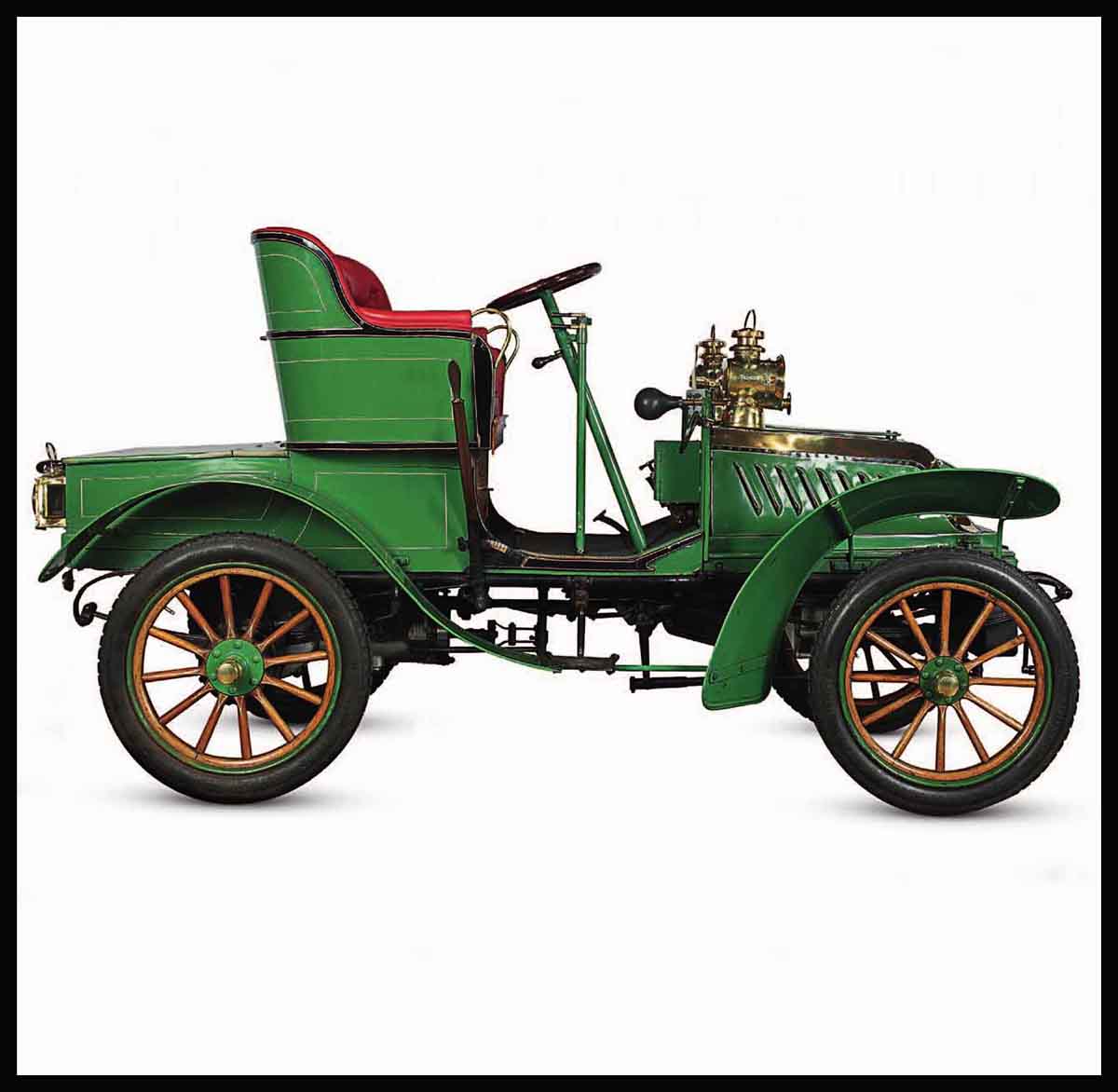
First Cars for Customers
It was one amazing feat to build the first practical motor cars—it was another to start making more and selling them. Just convincing people of their benefits was often difficult. Entrepreneurs, engineers, and aristocrats all played parts in the earliest faltering steps toward car manufacture. At the forefront of this development was Germany, followed by France, the UK, and the United States.
De Dion-Bouton 8HP Type O, 1902
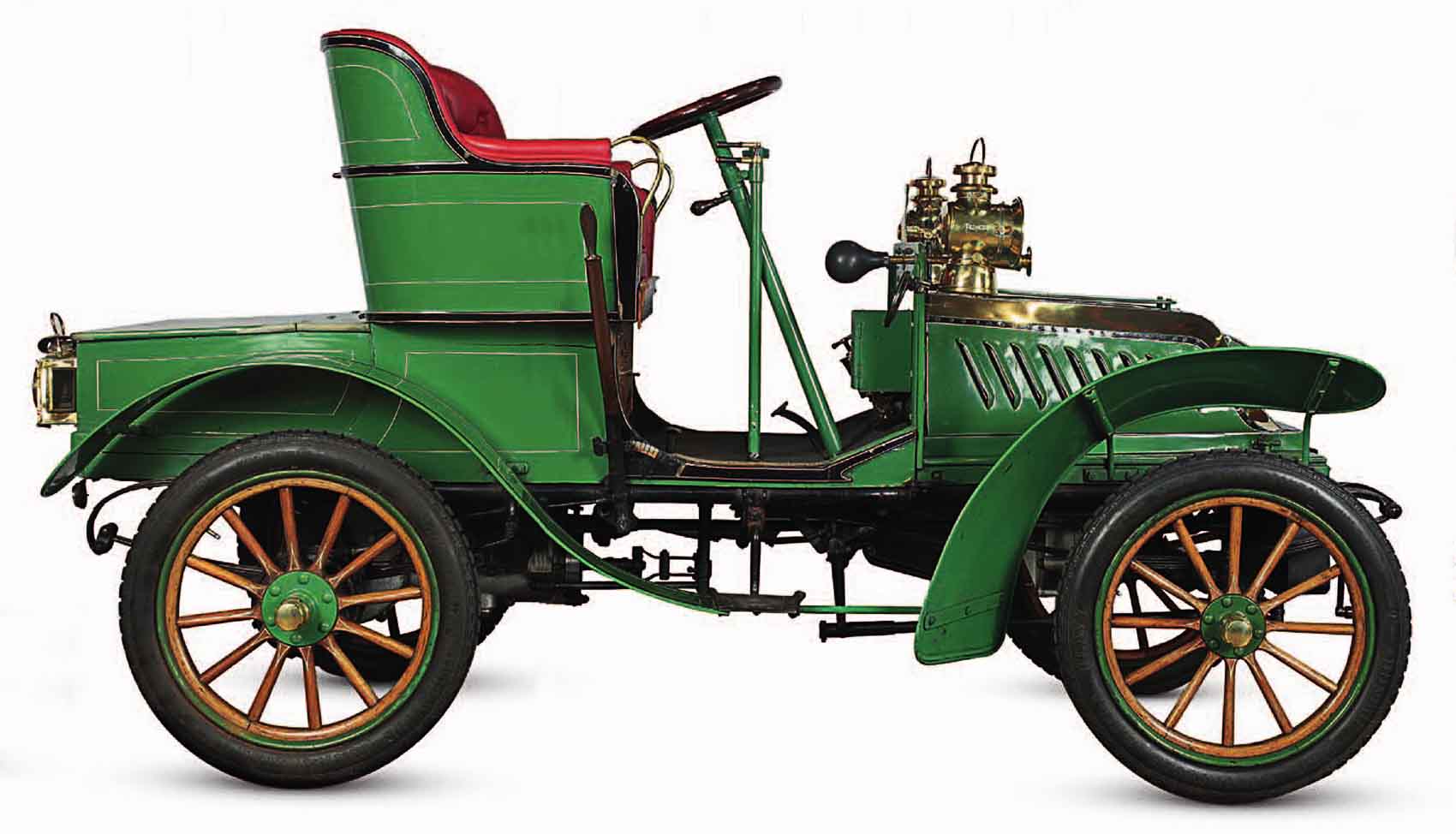
| Origin | France |
| Engine | 943 cc, single-cylinder |
| Top speed | 28 mph (45 km/h) |
In 1902 De Dion-Bouton adopted wheel steering and front, rather than underfloor, engine position for popular, light cars such as the Type O, which had a long production run.
Adler 3.5HP Voiturette, 1901
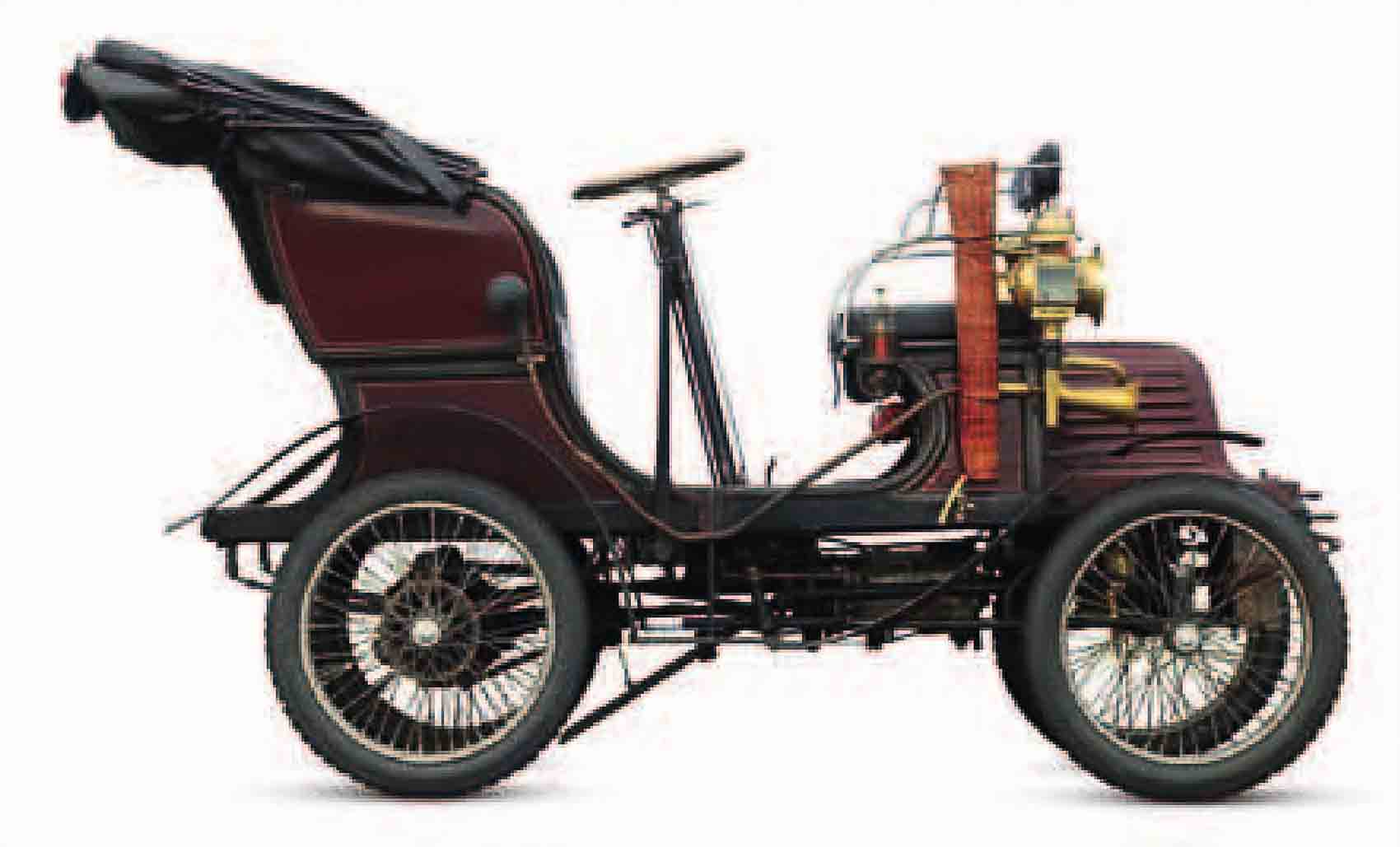
| Origin | Germany |
| Engine | 510 cc, single-cylinder |
| Top speed | 20 mph (32 km/h) |
The typewriter and bicycle manufacturer Adler made components for Benz and De Dion cars before starting to make its own De Dion-engined vehicles in 1900.
Arrol-Johnston 10HP Dogcart, 1897
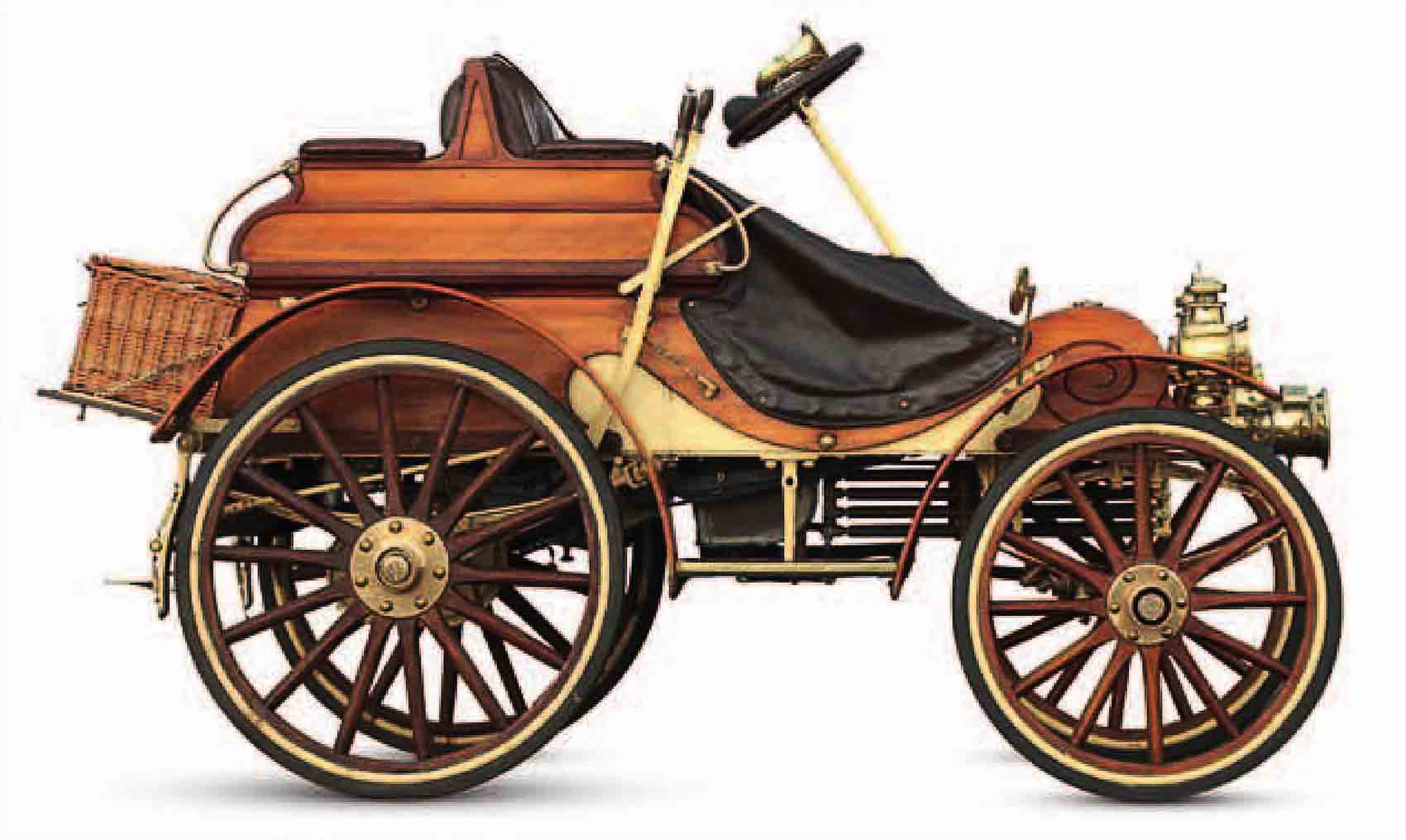
| Origin | UK |
| Engine | 3,230 cc, flat-two |
| Top speed | 25 mph (40 km/h) |
George Johnston conceived his rugged, simple Dogcart-the first British-built car-in Glasgow, Scotland. Powered by an underfloor opposed-piston engine, it remained in production for 10 year
US Long Distance 7HP, 1901
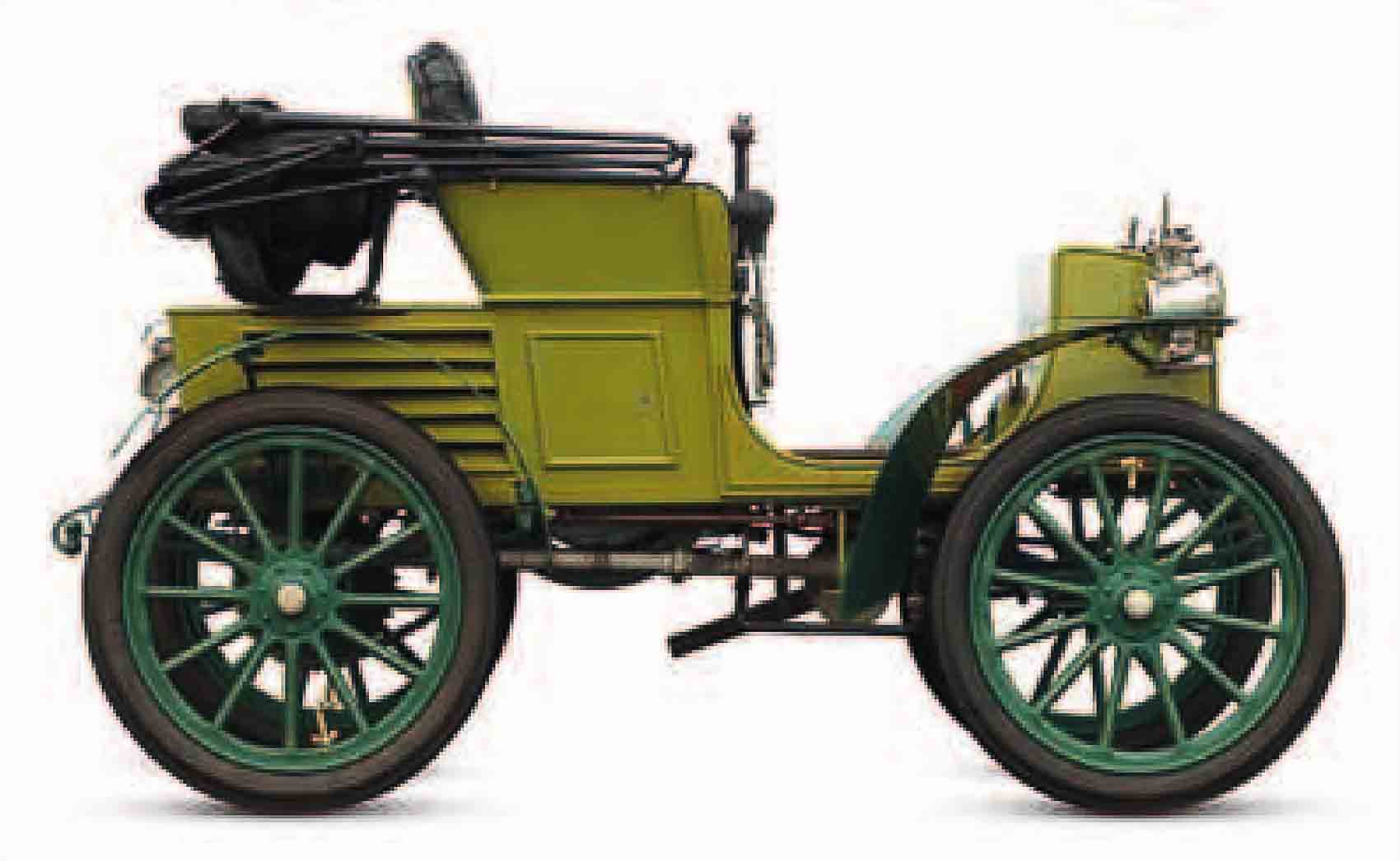
| Origin | USA |
| Engine | 2,245 cc, single-cylinder |
| Top speed | 25 mph (40 km/h) |
Ambitiously named for a runabout, this car had its horizontally mounted engine and two-speed epicyclic gearbox under the seat. It was renamed the Standard in 1903.
Clement 7HP, 1901
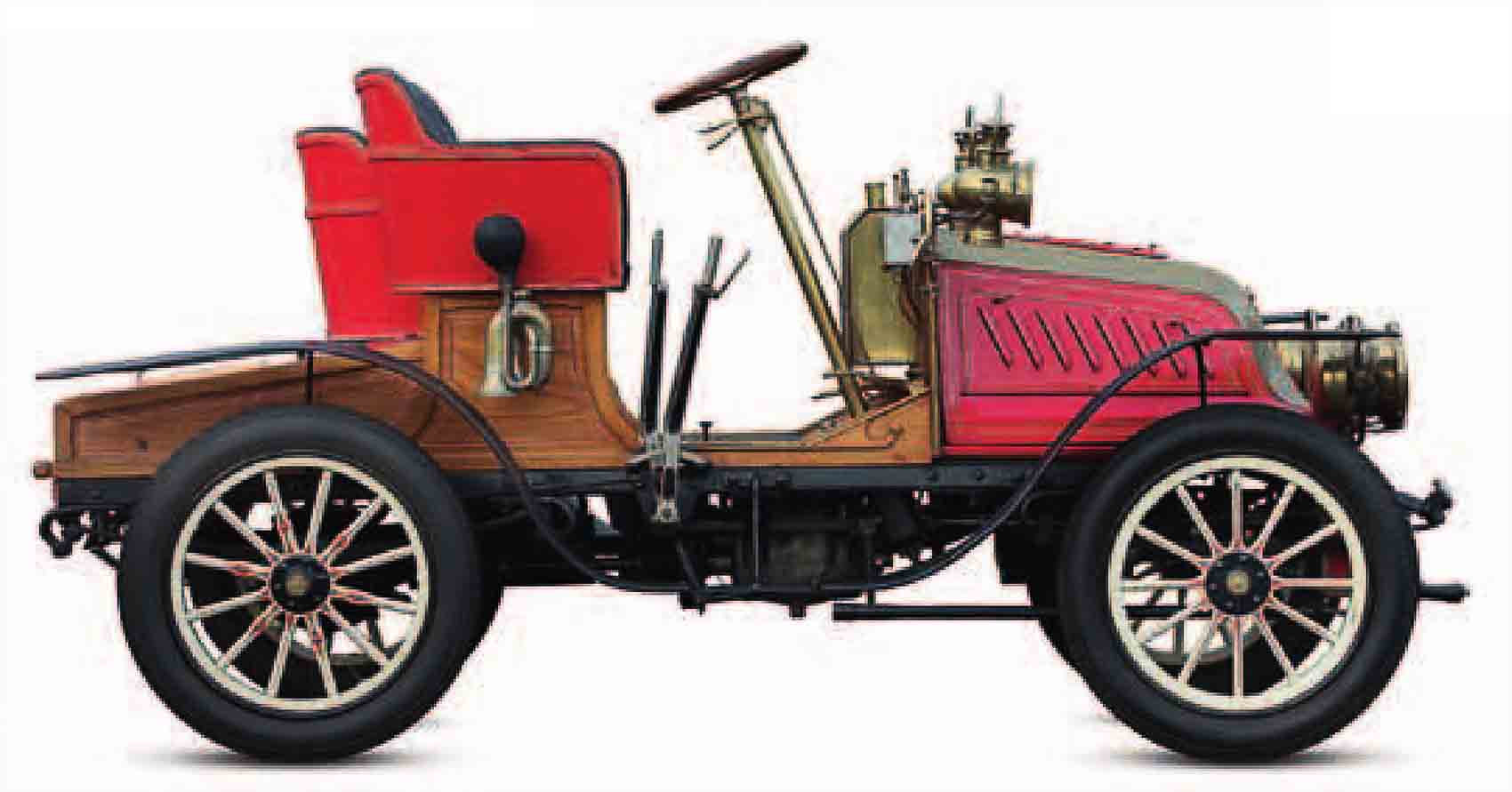
| Origin | France |
| Engine | 7 hp, one-cylinder |
| Top speed | 25 mph (40 km/h) |
Adolphe Clement made a fortune from bicycles and pneumatic tires, and then invested it in car manufacturing. His cars were among the first models to feature front-mounted engines and drive shafts.
Rover 8HP, 1904
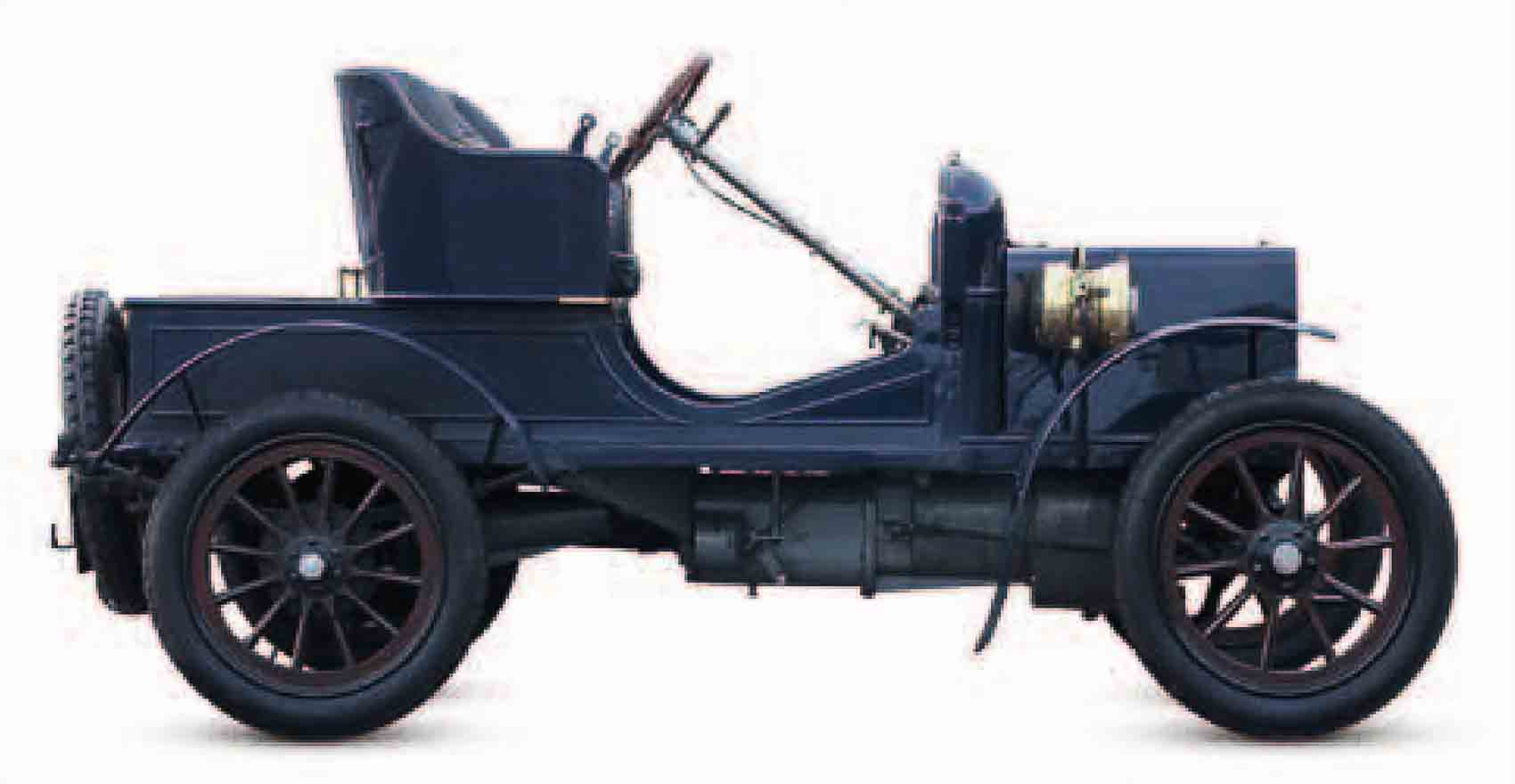
| Origin | UK |
| Engine | 1,327 cc, single-cylinder |
| Top speed | 30 mph (48 km/h) |
This was Rover Cycle Company’s first four-wheeled car. The 8HP featured a tubular “backbone” chassis, column gearchange, and a camshaft brake. One 8HP successfully drove from London to Contantinople in 1906.
Mercedes 60HP, 1903
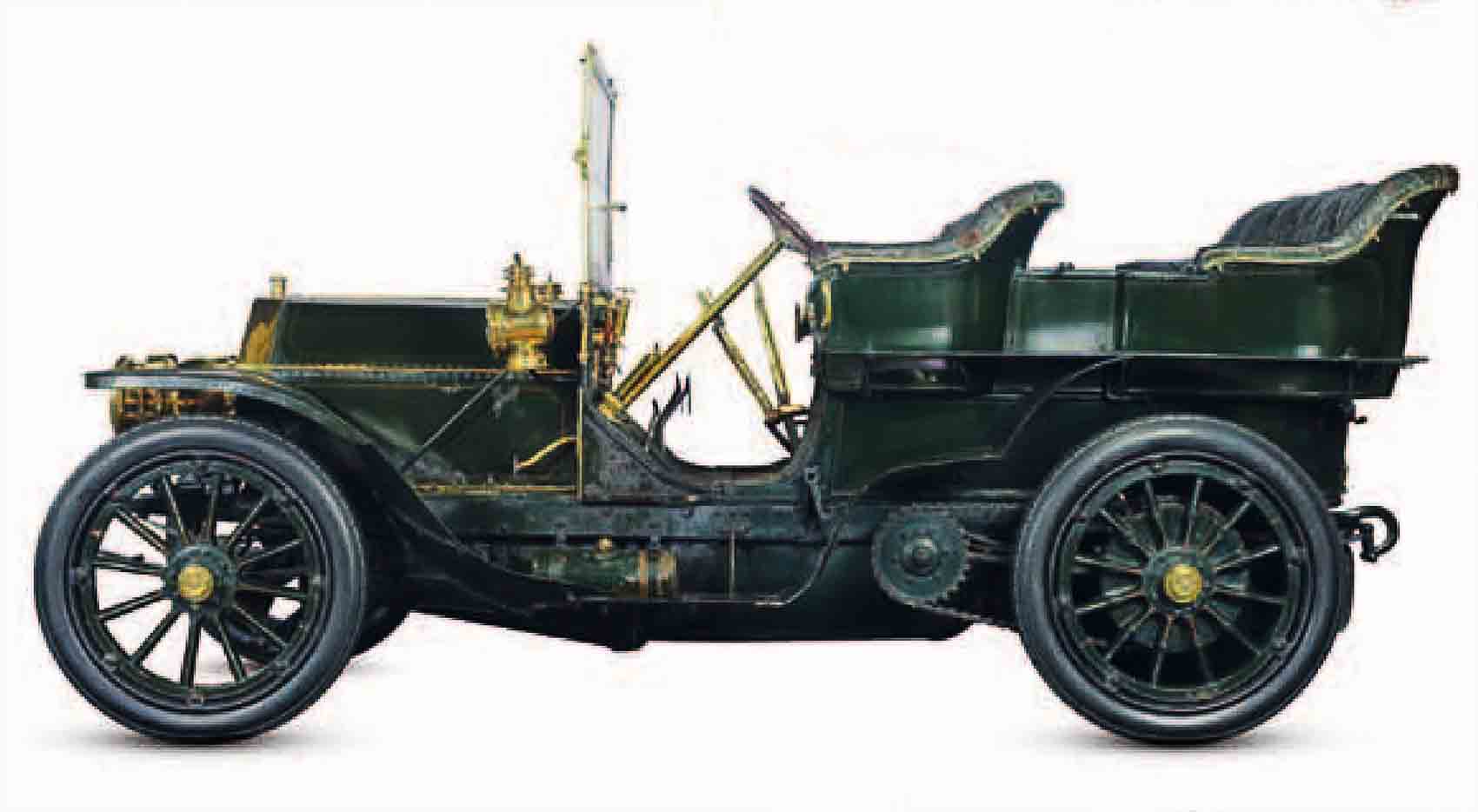
| Origin | Germany |
| Engine | 9,293 cc, straight-four |
| Top speed | 73 mph (117 km/h) |
While other makes were building crude machines that were barely faster than a running man, Mercedes was manufacturing magnificent high-speed vehicles like the 60HP.
De Dion-Bouton 3.5HP Voiturette, 1899
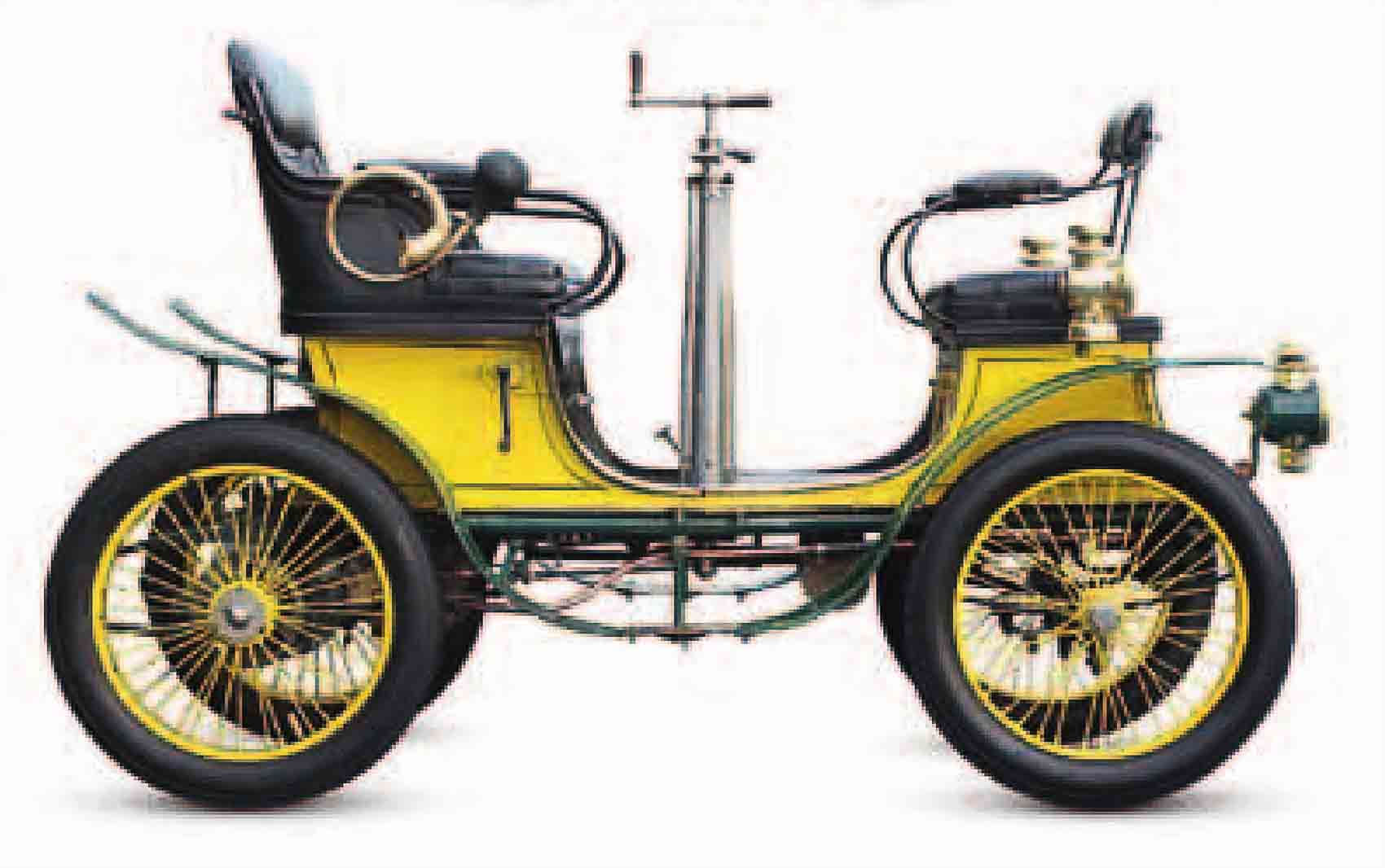
| Origin | France |
| Engine | 510 cc, single-cylinder |
| Top speed | 25 mph (40 km/h) |
Count Albert de Dion was one of France’s motoring pioneers. His single-cylinder, water-cooled engines were used by dozens of early car makers around the world.
Renault Voiturette, 1898
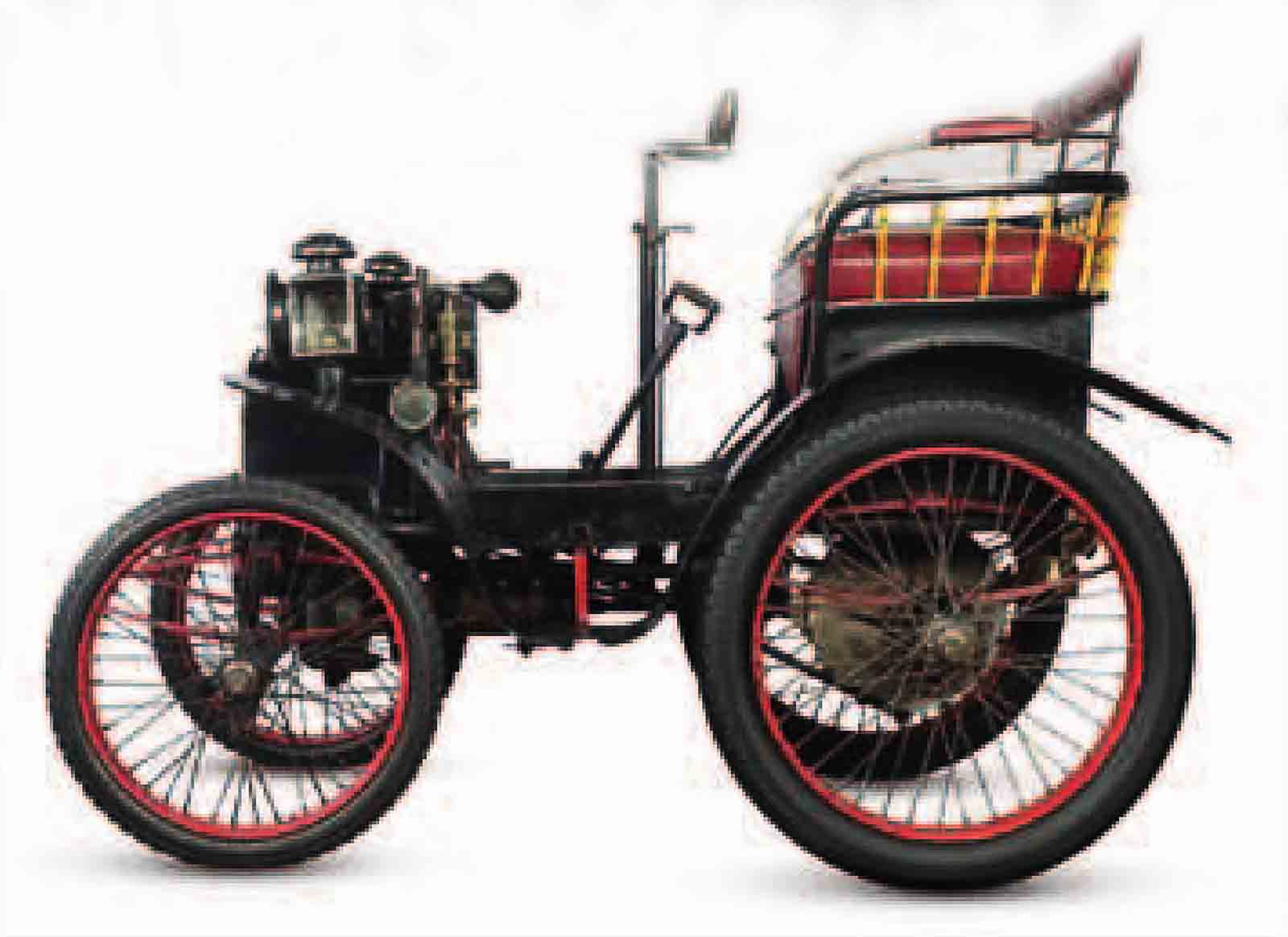
| Origin | France |
| Engine | 400 cc, single-cylinder |
| Top speed | 20 mph (32 km/h) |
Louis Renault and his brothers started building cars in 1897, and their Voiturette quickly became popular in France thanks to its impressive performances in trials.
Ford Model A, 1903
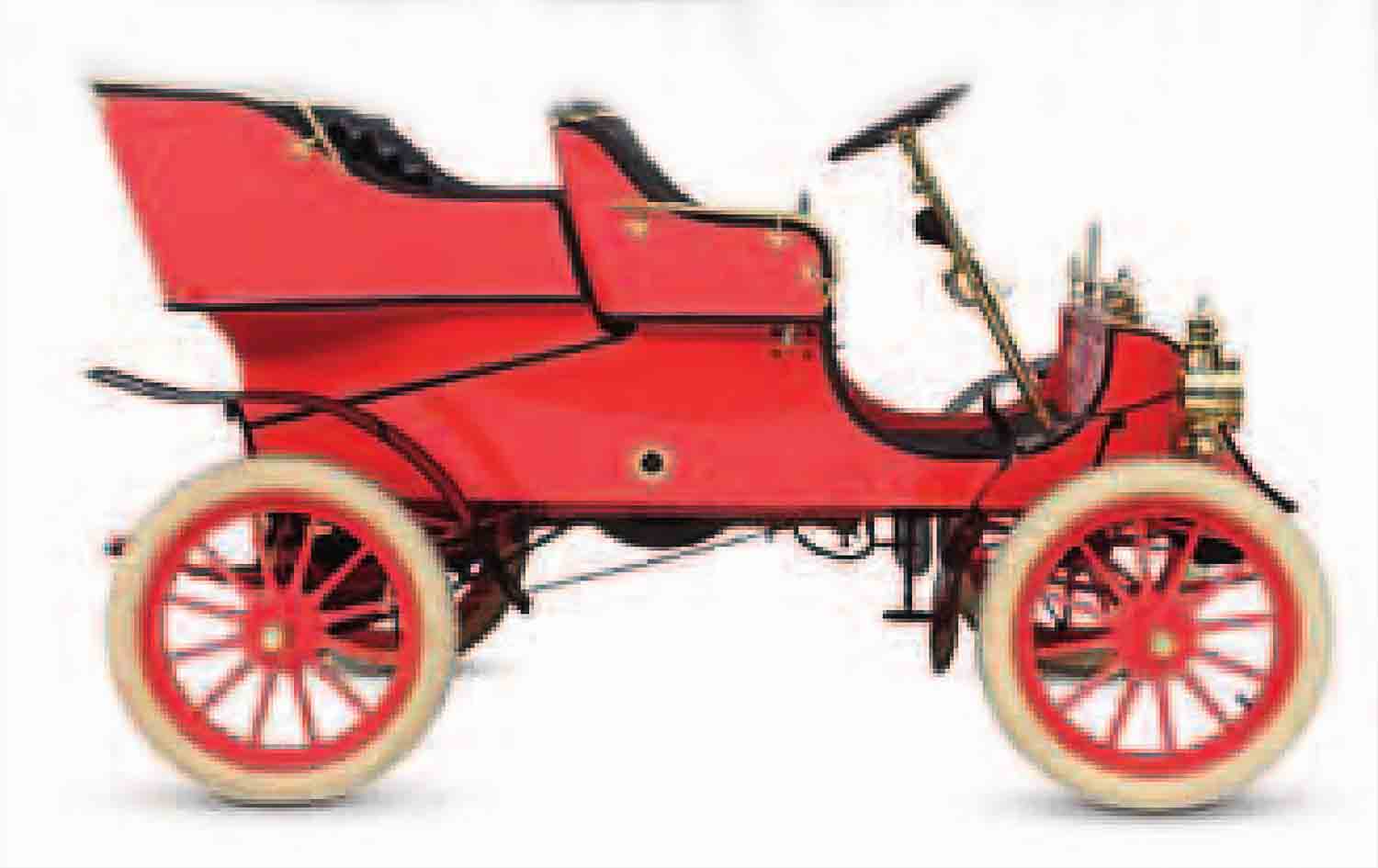
| Origin | USA |
| Engine | 1,668 cc, flat-two |
| Top speed | 28 mph (45 km/h) |
Henry Ford built his first car in 1896, but did not start production until 1903 with the underfloor-engined Model A. This was developed into the Model C of 1904.
FN 3.5HP Victoria, 1900
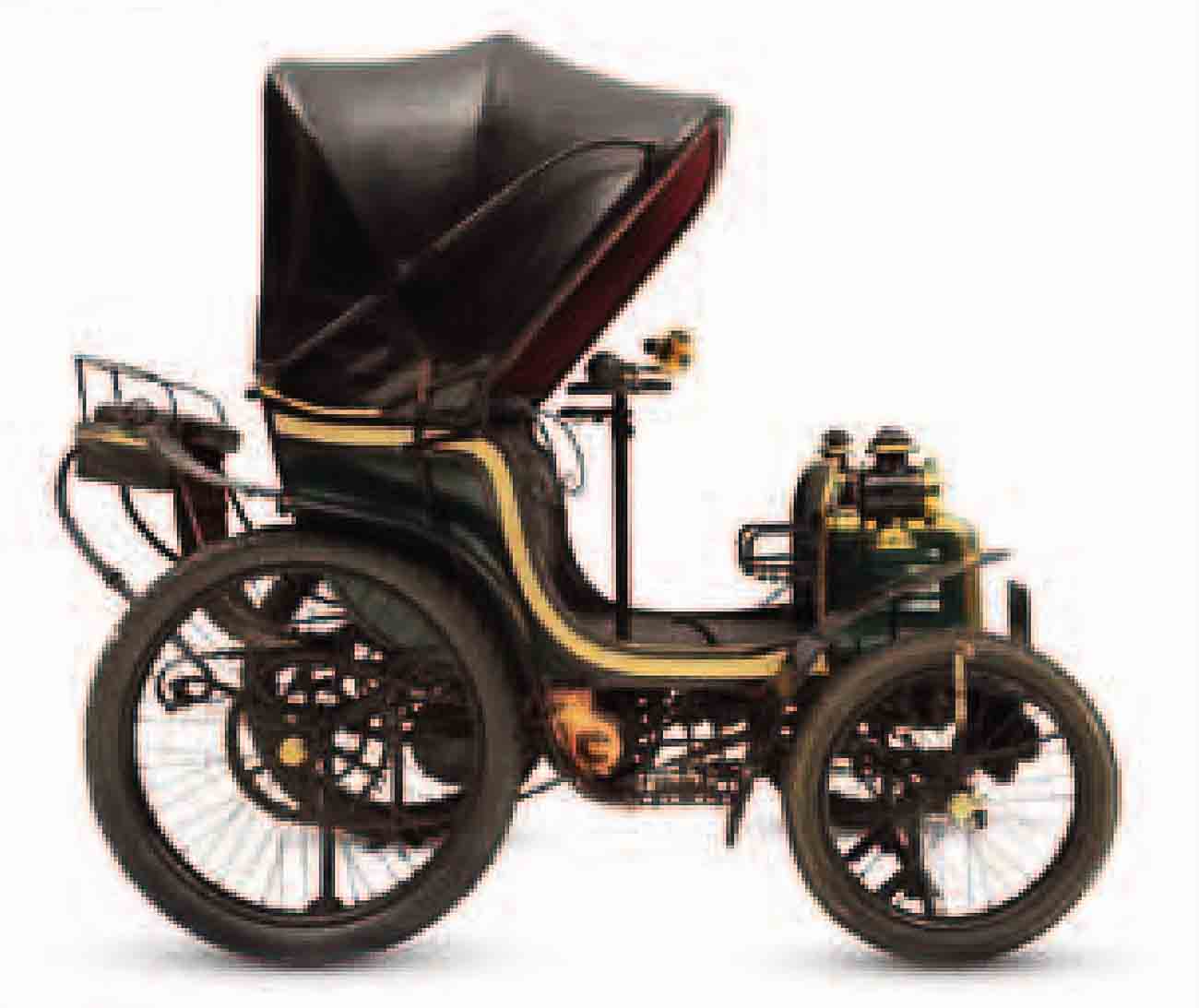
| Origin | Belgium |
| Engine | 796 cc, straight-two |
| Top speed | 23 mph (37 km/h) |
The Belgian armaments manufacturer FN diversified into motorcycle and car making around the turn of the century. About 280 Victorias were made up until 1902.
Benz Ideal 4.5HP, 1900
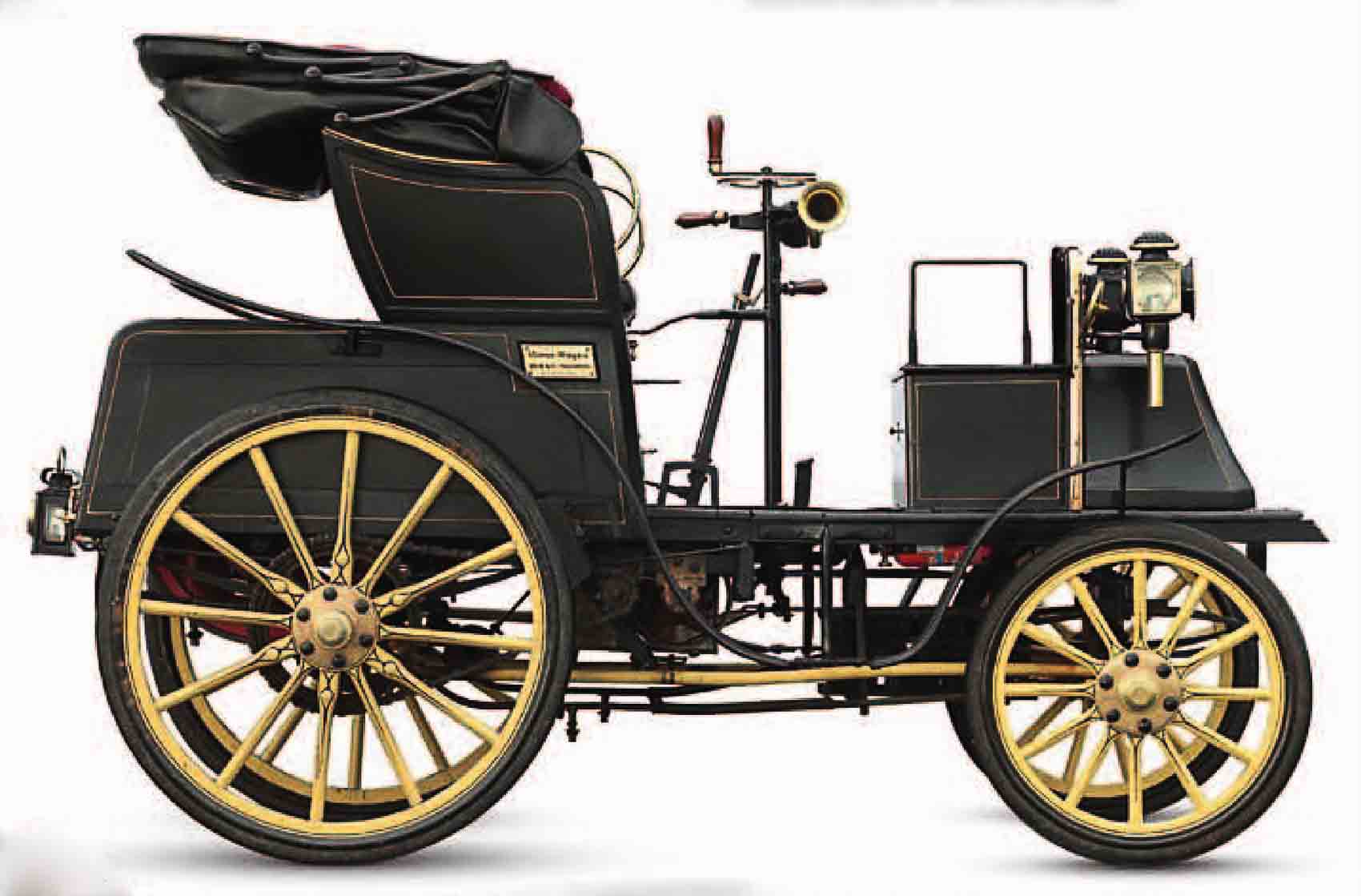
| Origin | Germany |
| Engine | 1,140 cc, single-cylinder |
| Top speed | 22 mph (35 km/h) |
The maker of the first successful car in 1885. Benz’s Ideal had tiller steering. In 1900, 603 cars were made-most car makers of the time produced only a handful each year.
Fiat 16/24HP, 1903
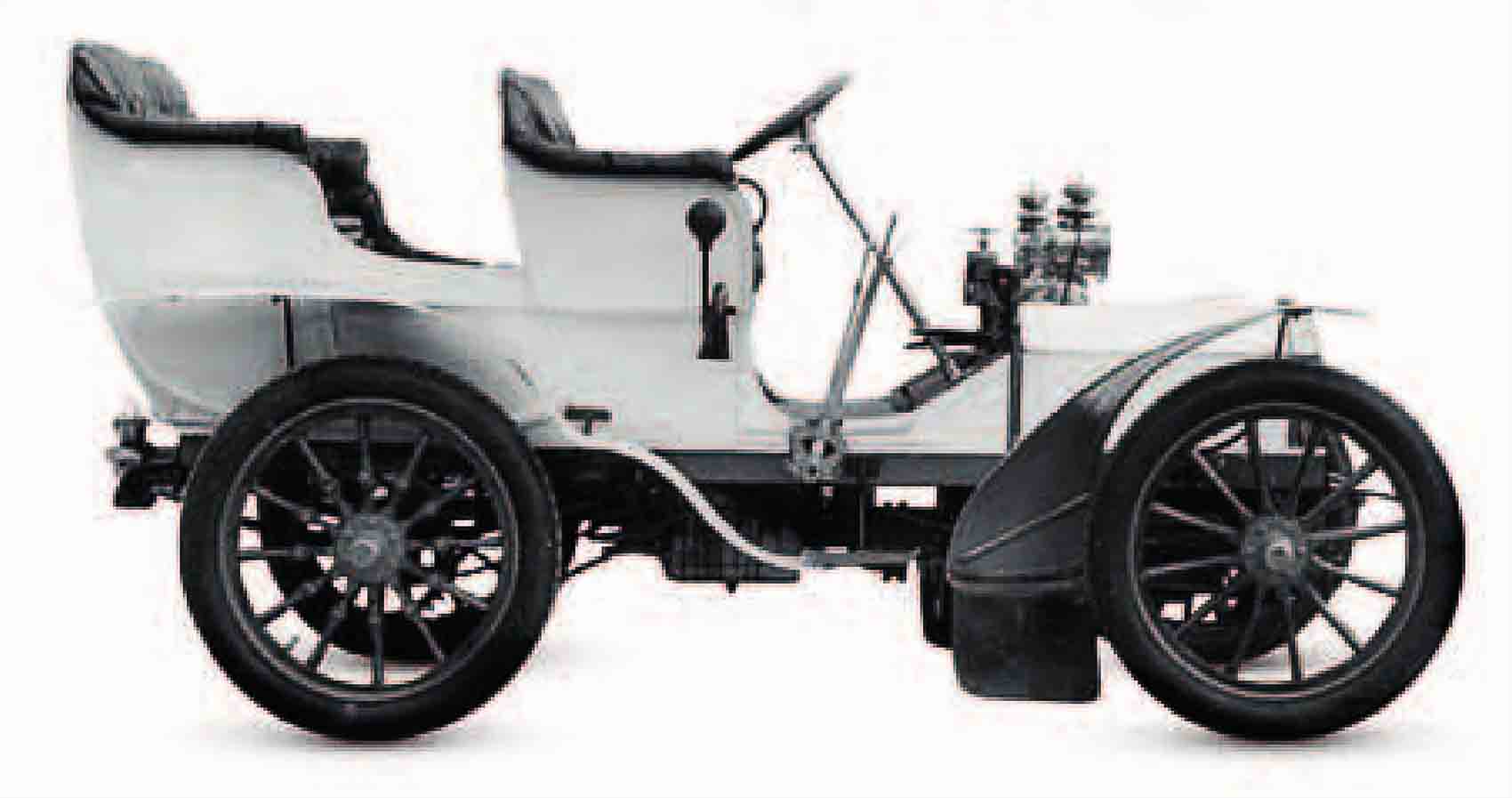
| Origin | Italy |
| Engine | 4,180 cc, straight-four |
| Top speed | 44 mph (71 km/h) |
With a front-mounted, water-cooled, four-cylinder engine driving the rear wheels via a four-speed gearbox, the 16/24HP was a thoroughly modern car.
Maxwell Model A Junior Runabout, 1904
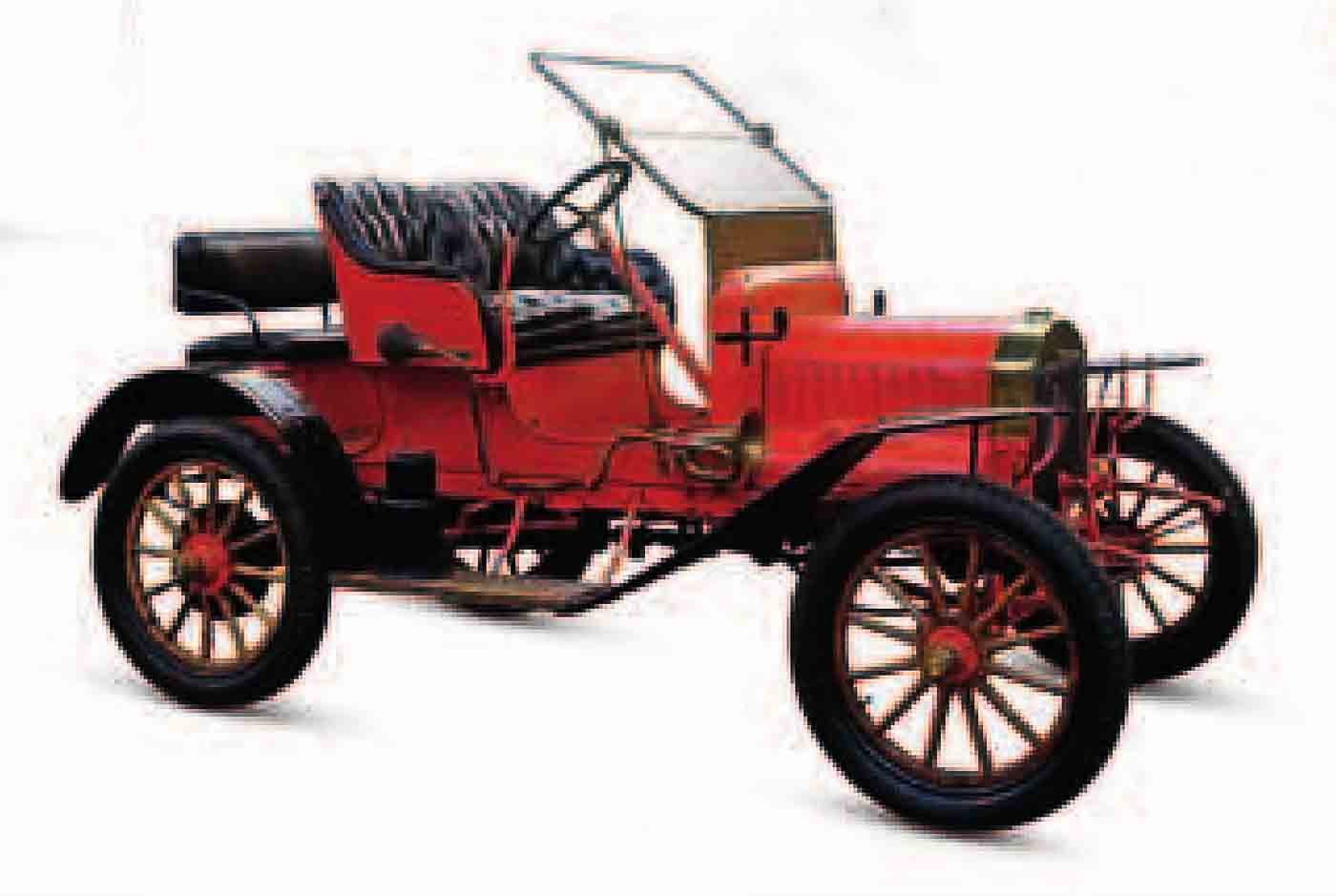
| Origin | USA |
| Engine | 1,647 cc, flat-two |
| Top speed | 35 mph (56 km/h) |
Jonathan Maxwell and Benjamin Briscoe of New Jersey developed this simple and effective shaft-driven runabout, which sold for $750. It performed well in trials.
Holsman Model 3 Runabout, 1903
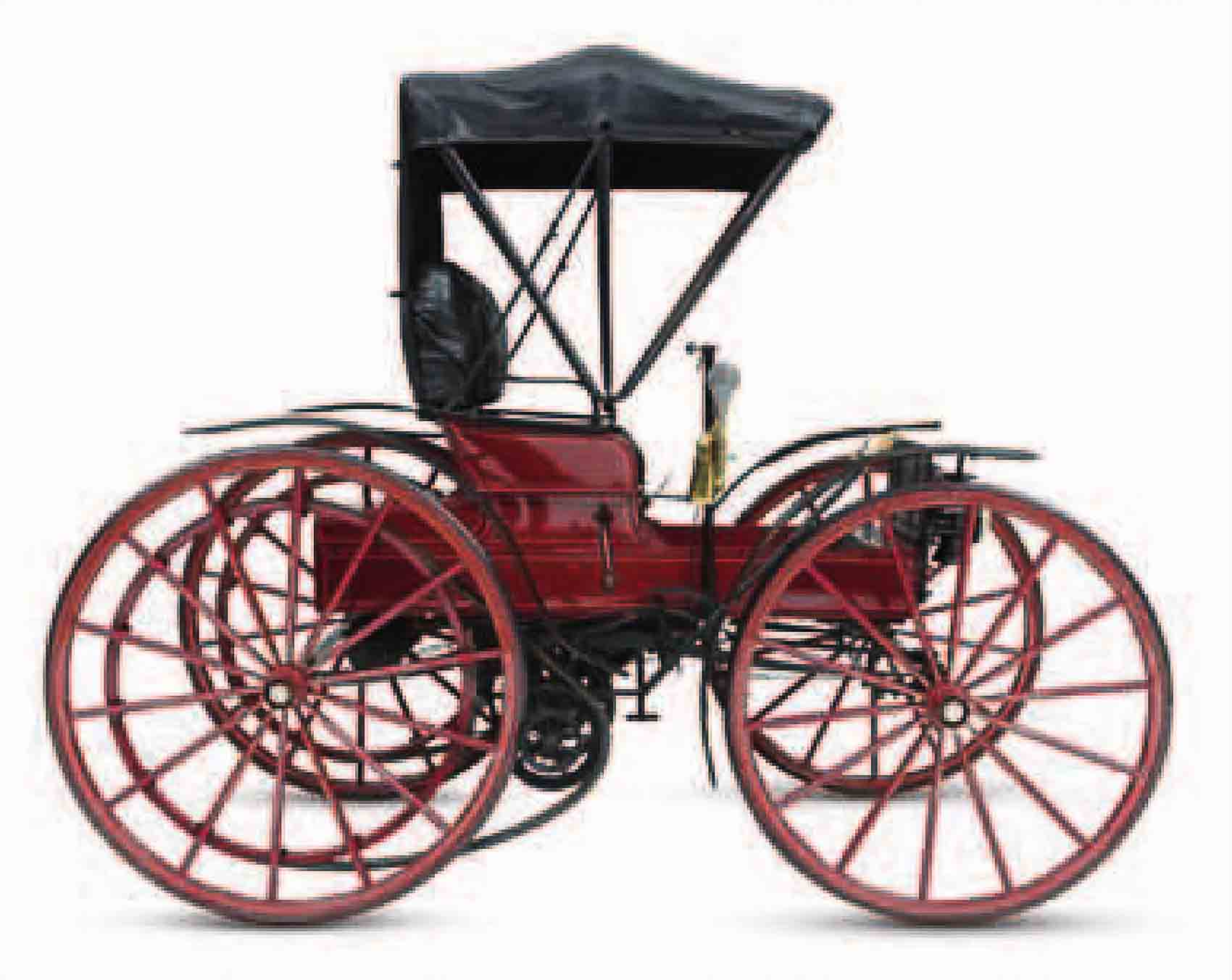
| Origin | USA |
| Engine | 1,000 cc, flat-two |
| Top speed | 20 mph (32 km/h) |
Harry K. Holsman built significant numbers of rope-drive “high-wheelers” in Chicago for sale to midwest pioneers: Large wheels allowed them to drive over virgin prairie.
Rexette, 1905
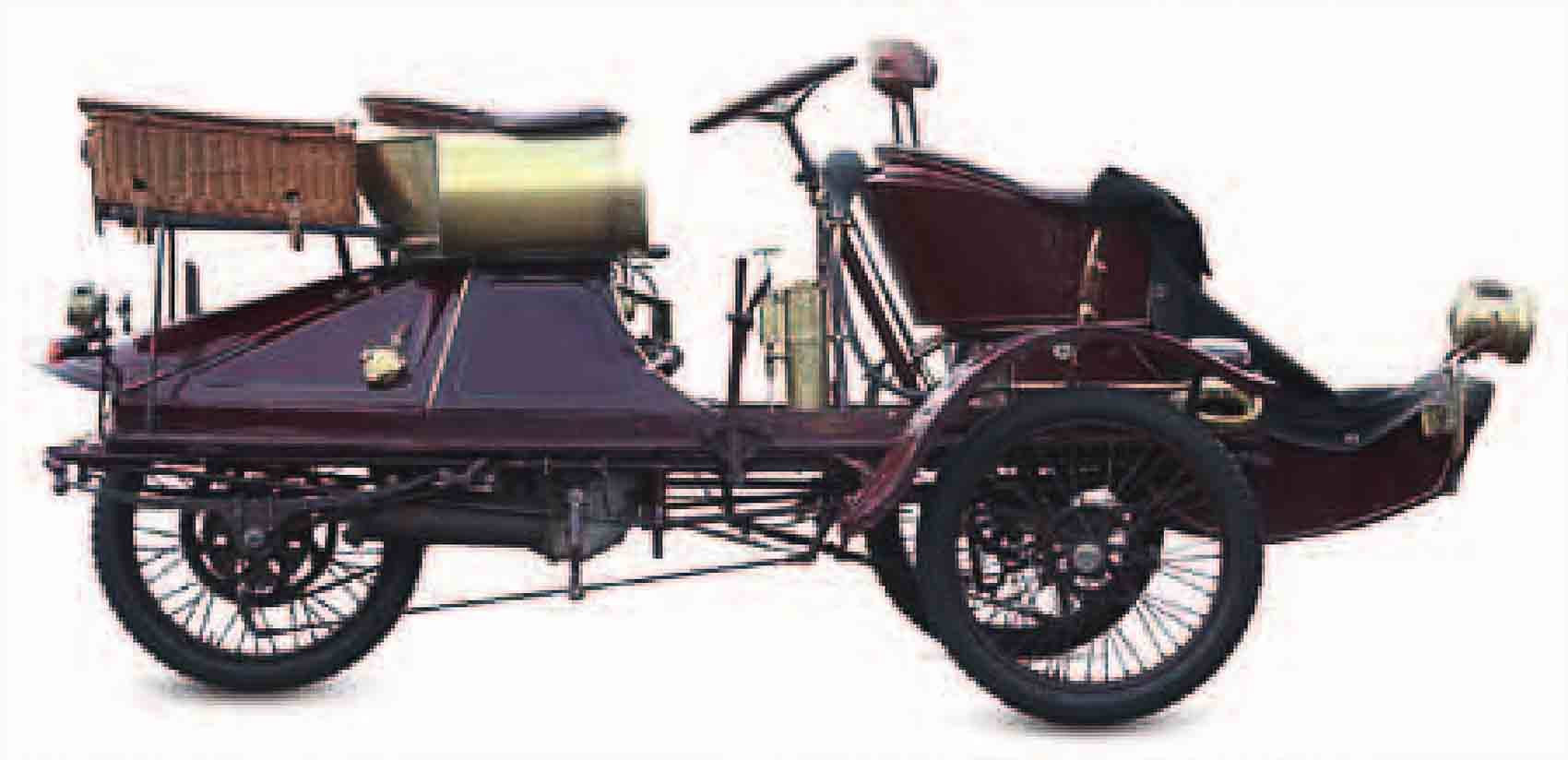
| Origin | UK |
| Engine | 900 cc, one-cylinder |
| Top speed | 28 mph (45 km/h) |
One of many marques established in Coventry, Britain’s “motor city,” Rexette derived its 1904 three-wheeler from one if its motorcycles, adding wheel steering in 1905.
It is a quote. The Definitive Visual History Of The Automobile 2011




